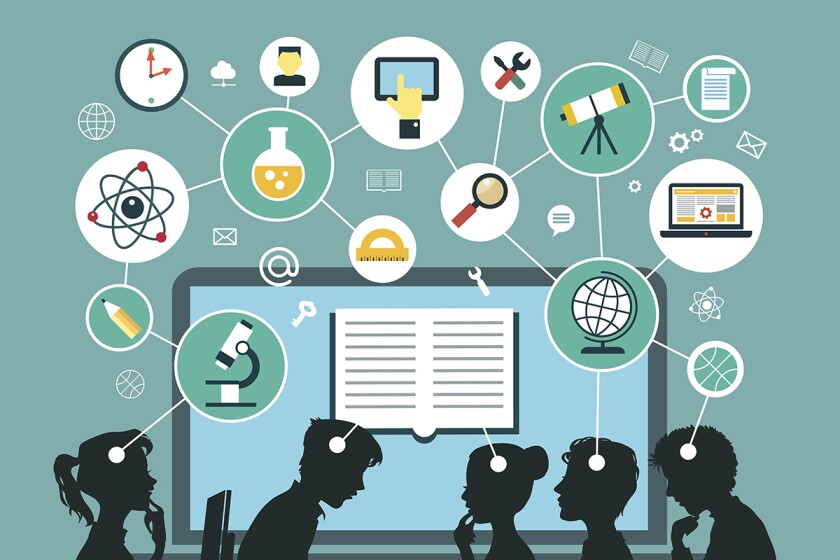Through this week, I have learned that when we learn to teach and produce multimedia learning methods, all learners should be able to accept or integrate into the teaching environment, including those with disabilities. This is where our multimedia teaching should be very inclusive, which means we need to include all learners in the same educational environment.Because according to the BCTF report, more than 926,100 people in B.C. have varying degrees of disability, meaning that 10% of students in every classroom have special needs.(BCTF, 2019). So designing better education models and accessibility for all students will be very important.
Backward Design (UbD) is a great way to design instruction. Through McTighe and Wiggin’s research, this approach helps students use knowledge in a meaningful way and is divided into three steps. The first step is Identify desired results; the second part is Determine assessment evidence; and the third step is Plan learning experiences and instruction.(McTighe, J.& Wiggins, G. 2013).
Differentiated Instruction (DI) is also a very good teaching method. DI is a very flexible teaching method that can be accessible to different students. Differentiated instruction is based on 6 areas to accomplish. High quality courses; Continuous Assessment; The task of respect; Building Communities; Flexible grouping; Teaching.

Reference
Government of British Columbia Framework for Accessibility Legislation. https://www2.gov.bc.ca/assets/gov/government/about-the-bc-government/accessible-bc/disability-consultation/2019-consultation/framework-for-accessibility-legislation.pdf
Wiggins, G., & McTighe, J. (2011). The Understanding by Design guide to creating high-quality units. Alexandria,VA:ASCDhttp://udlresource.ca/2017/12/backward-design/
Stansberry, S. (n.d.). Differentiated Learning with Educational Technology. In Applications of Educational Technology. Oklahoma State University Libraries. Retrieved March 13, 2021, from https://open.library.okstate.edu/applicationsofeducationaltechnology/chapter/chapter-2-differentiated-learning-with-educational-technology/
Leave a Reply
You must be logged in to post a comment.